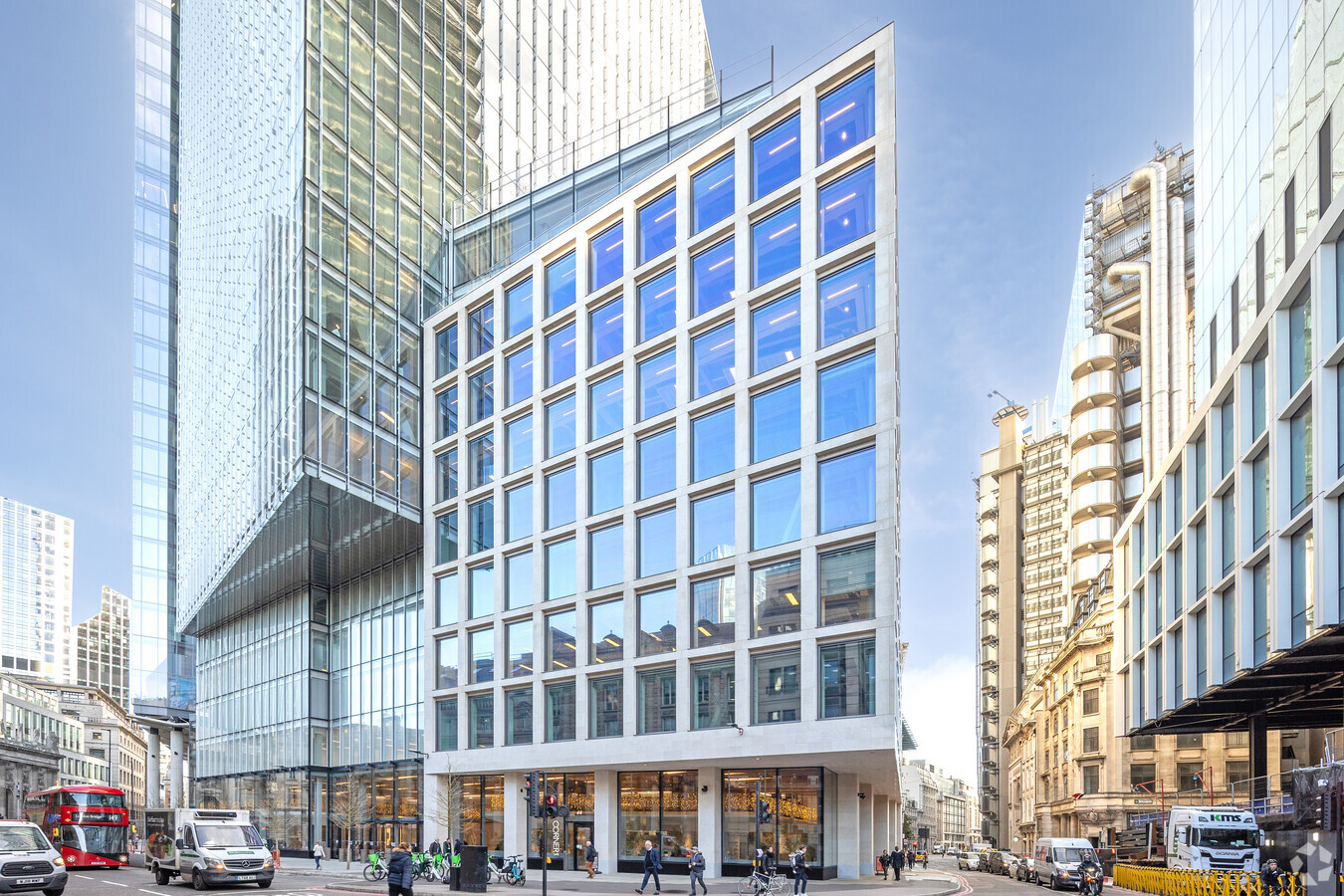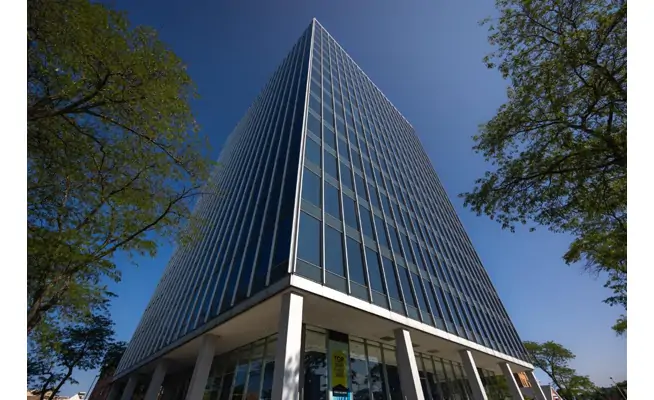A significant leap forward in building-integrated photovoltaics (BIPV) has been announced, with an international team of researchers achieving record-breaking efficiency in transparent solar windows.
This development, stemming from the European Union-funded CitySolar project, marks a crucial step toward a future where buildings can seamlessly generate their own electricity without sacrificing aesthetic design.
The core challenge in developing viable transparent solar windows has always been balancing efficiency with transparency. Previous iterations simply haven’t captured enough solar energy to make a substantial impact on a building’s power needs, nor have they been transparent enough to be commercially attractive. The CitySolar project, comprised of nine researchers from seven countries, appears to have successfully navigated this delicate balance.
Their breakthrough lies in the combination of organic solar cells with perovskite, resulting in a power conversion rate of 12.3% while maintaining a 30% transparency level. This efficiency is now on par with commercially available solar cells, a major milestone. What makes this achievement even more compelling is the underlying technology: the solar cells primarily harvest energy from the infrared and ultraviolet spectrum, leaving the visible light spectrum largely untouched. This allows for genuine transparency without compromising power generation.
As Professor Morten Madsen of the University of Southern Denmark, a leading researcher on the project, explains, this innovation has the potential to significantly increase power generation in buildings. The cost-effectiveness of perovskite and the use of carbon-based materials also offer promise for affordability.
While this news is undoubtedly promising, the research team emphasizes that commercialization is still on the horizon. Further refinement is needed to optimize the delicate interplay of cost, aesthetics, and efficiency. The primary hurdle, according to Professor Madsen, is securing the necessary funding for further research and testing.
This announcement follows on the heels of NEXT Energy Technologies’ recent upgrade of its pilot production line, now capable of producing large-scale, 40-by-60-inch laminated transparent power-generating windows. These windows utilize an organic photovoltaic (OPV) coating and manufacturing process and represent the largest transparent OPV windows developed to date.
Taken together, these developments signal a growing momentum in the transparent solar window market. While challenges remain, the progress made by the CitySolar project and companies like NEXT Energy Technologies points towards a future where buildings are not only consumers of energy, but also active contributors to a sustainable energy ecosystem. We can expect to see continued innovation and refinement in this field as researchers and manufacturers strive to bring this exciting technology to widespread adoption.
Source: CitySolar with additional information added by GlassBalkan







